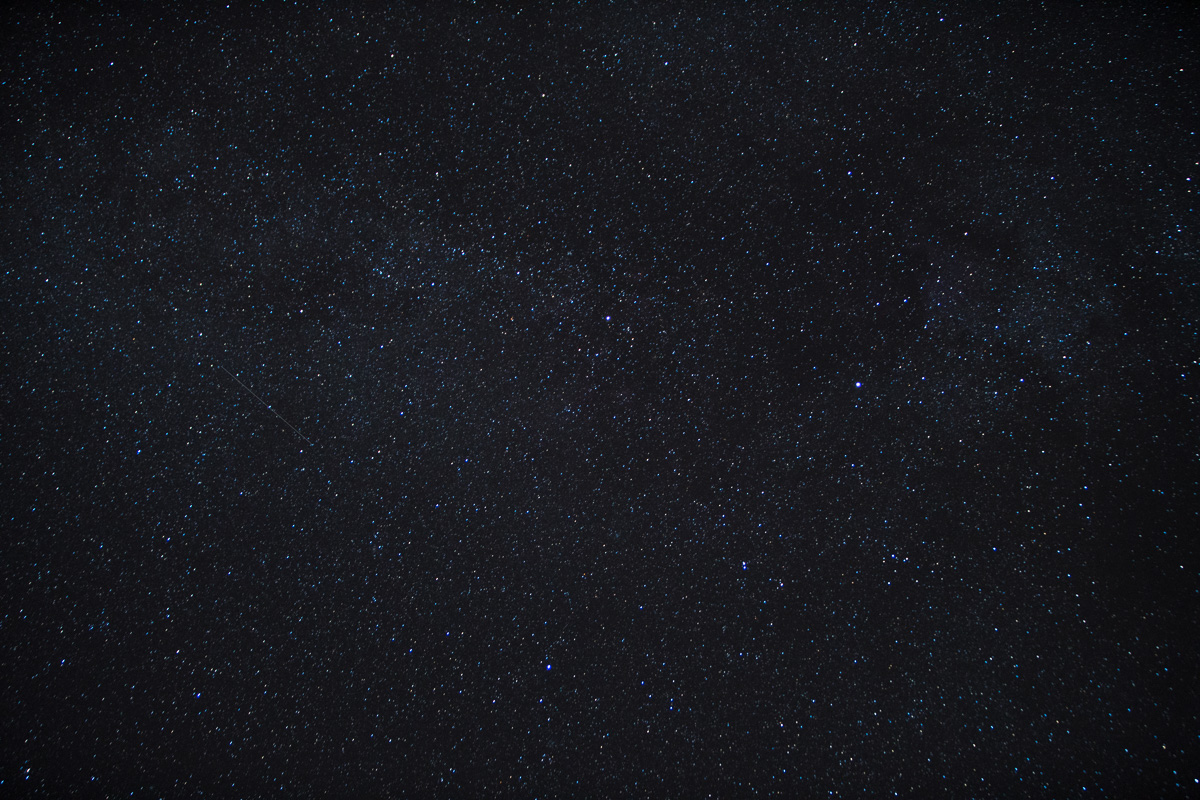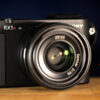In this article we are going to cover Sony wide angle lenses for Astrophotography with the help of Jason Vong and Stan Moniz.
I also found an excellent beginner oriented tutorial for how to get the best astrophotography shots if you are new to this genre of photography courtesy of Mike Smith.
Ideally for astrophotography if you are looking to get a lot of sky and some foreground you are going to need a wide angle lens with the fastest aperture possible. In addition, you are going to want the best optical quality as well to insure the highest quality color, clarity, and sharpness of the cosmos… You will also need a rock solid tripod and a good flashlight for navigating in the dark 😉
Jason and Stan do an excellent job in this video and below I put together a list of the lenses they tested as well as other lens options that I think would do the job for those on various budgets.
Lenses Tested by Jason and Stan in this Video:
- Zeiss Batis 18mm f/2.8 Lens @ BHPhoto | Amazon
- Zeiss Batis 25mm f/2 Lens @ BHPhoto | Amazon
- Sony FE 20mm f/1.8 G Lens @ BHPhoto | Amazon
- Sony FE 24mm f/1.4 GM Lens @ BHPhoto | Amazon
- Sony FE 16-35mm f/2.8 GM Lens @ BHPhoto | Amazon
- Sony FE 24-105mm f/4 G OSS Lens @ BHPhoto | Amazon
- Laowa 10-18mm f/4.5-5.6 Lens @ BHPhoto | Amazon
- Hoya Intensifier Filter @ BHPhoto | Amazon
Additional Full Frame Wide Angle Lens Recommendations for AstroPhotography
In my very limited experience with Astro I learned the faster the aperture the lower the ISO required for a good exposure. So, I would recommend the fastest aperture and sharpest lens you can afford for the best results possible. f/4 aperture lenses will work for Astro, but they are not ideal in my opinion so I mostly only recommended faster lenses below.
- Sony FE 12-24mm f/2.8 GM Lens @ BHPhoto | Amazon
- Sony FE 24-70mm f/2.8 GM Lens @ BHPhoto | Amazon
- Zeiss Loxia 21mm f/2.8 Lens @ BHPhoto | Amazon
- Sony FE 28mm f/2 Lens @ BHPhoto | Amazon
- Sigma 14mm f/1.8 DG HSM Art Lens @ BHPhoto | Amazon
- Sigma 14-24mm f/2.8 DG DN Art Lens @ BHPhoto | Amazon
- Sigma 20mm f/1.4 DG HSM Art Lens @ BHPhoto | Amazon
- Sigma 24mm f/1.4 DG HSM Art Lens @ BHPhoto | Amazon
- Sigma 24-70mm f/2.8 DG DN Art Lens @ BHPhoto | Amazon
- Tamron 17-28mm f/2.8 Di III RXD Lens @ BHPhoto | Amazon
- Tamron 20mm f/2.8 Di III OSD M 1:2 Lens @ BHPhoto | Amazon
- Tamron 24mm f/2.8 Di III OSD M 1:2 Lens @ BHPhoto | Amazon
- Venus Optics Laowa 12mm f/2.8 Zero-D Lens @ BHPhoto | Amazon
- Venus Optics Laowa 15mm f/2 FE Zero-D Lens @ BHPhoto | Amazon
- * Rokinon & Samyang are pretty much the same lenses with a different label…
- Rokinon AF 14mm f/2.8 FE Lens @ BHPhoto | Amazon
- Rokinon 14mm f/2.8 ED AS IF UMC Lens @ BHPhoto | Amazon
- Rokinon 14mm f/2.8 Series II Lens @ BHPhoto | Amazon
- Rokinon AF 18mm f/2.8 FE Lens @ BHPhoto | Amazon
- Rokinon AF 24mm f/2.8 FE Lens @ BHPhoto | Amazon
- Rokinon 20mm f/1.8 ED AS UMC Lens @ BHPhoto | Amazon
- Rokinon 24mm f/1.4 ED AS IF UMC Lens @ BHPhoto | Amazon
APS-C Wide Angle Lens Recommendations for AstroPhotography
- Sony E 10-18mm f/4 OSS Lens @ BHPhoto | Amazon
- Sony E 16mm f/2.8 Pancake Lens @ BHPhoto | Amazon
- Sony E 16-55mm f/2.8 G Lens @ BHPhoto | Amazon
- Sigma 16mm f/1.4 DC DN Lens @ BHPhoto | Amazon
- 7artisans Photoelectric 12mm f/2.8 Lens @ BHPhoto | Amazon
- Venus Optics Laowa 9mm f/2.8 Zero-D Lens @ BHPhoto | Amazon
- Rokinon 10mm f/2.8 ED AS NCS CS Lens @ BHPhoto | Amazon
- Rokinon 12mm f/2.0 NCS CS Lens @ BHPhoto | Amazon
- Rokinon 16mm f/2.0 ED AS UMC CS Lens @ BHPhoto | Amazon
Recommended Tripods
Tripods vary drastically in price due to factors like payload, build quality, max height, features, and ofcourse weight. I listed a few recommended tripods below ultimately ranging in overall quality and price, but they will all do the job at the end of the day.
- (Top Quality) Manfrotto MT055CXPRO4 Carbon Fiber Tripod @ BHPhoto | Amazon
- (Great Quality/ Reasonable Price) Manfrotto BeFree Tripod @ BHPhoto | Amazon
- (Very Affordable) GEEKOTO CT25Pro Craftsman 79″ Carbon Fiber Tripod @ BHPhoto | Amazon
Flashlight
- High Quality & Affordable Tactical Flashlight @ Amazon
Sony A7iii Astrophotography – HOW TO PHOTOGRAPH THE STARS
Closing Remarks
I really hope you got something out of this article and please feel free to ask questions if you have them, Jay





